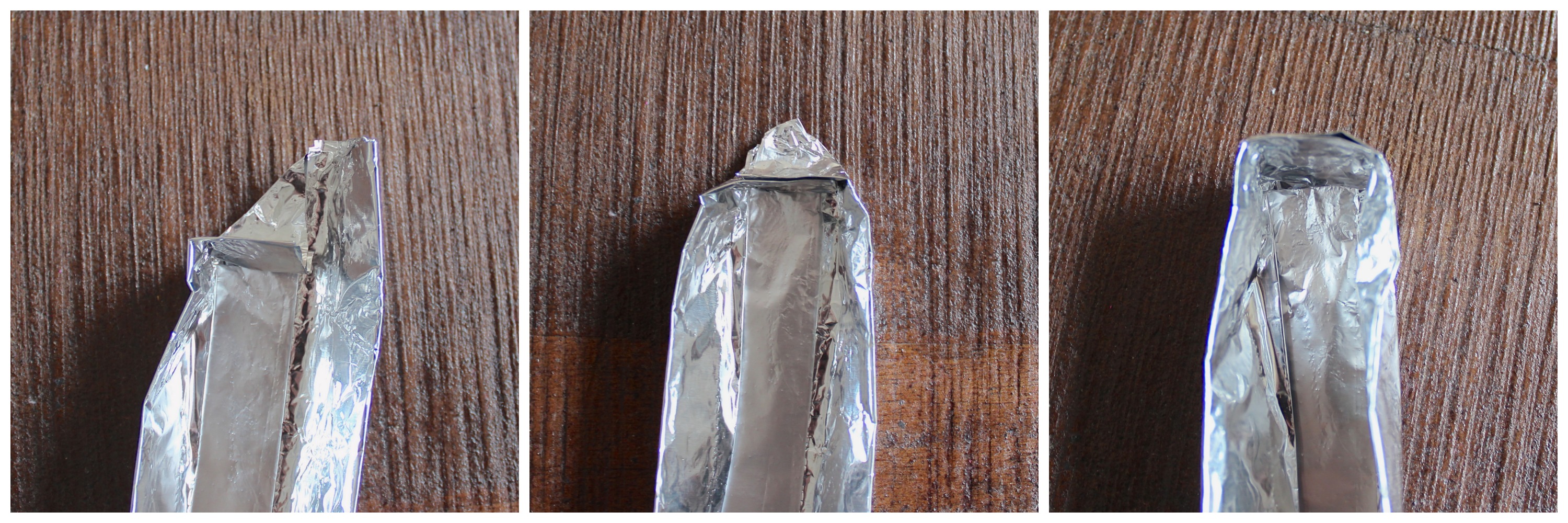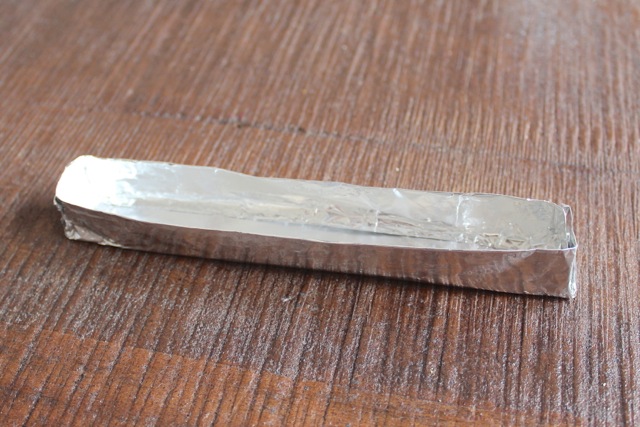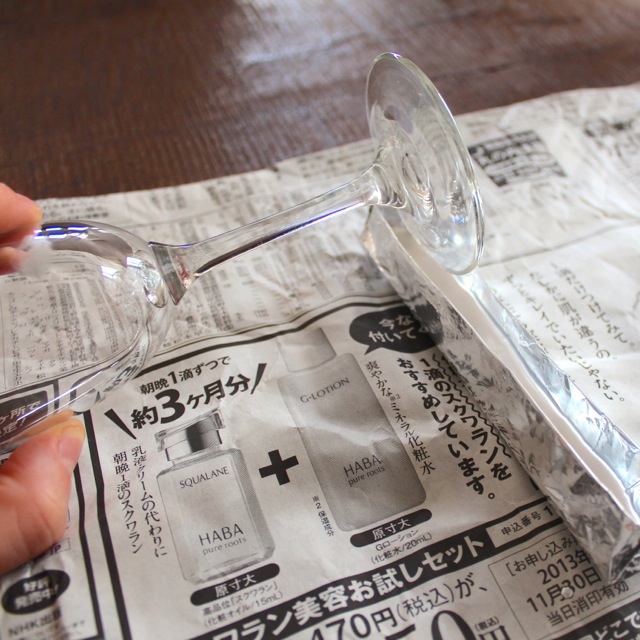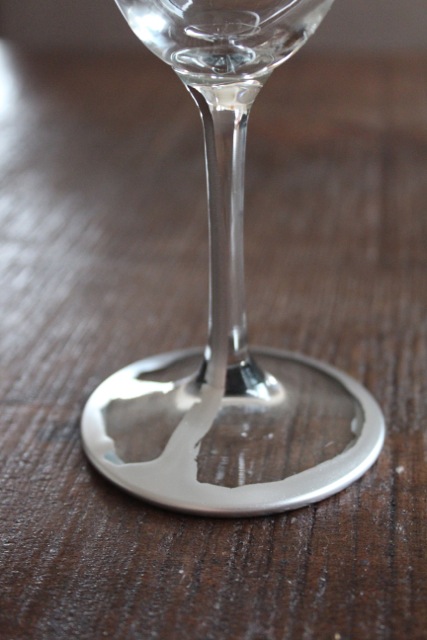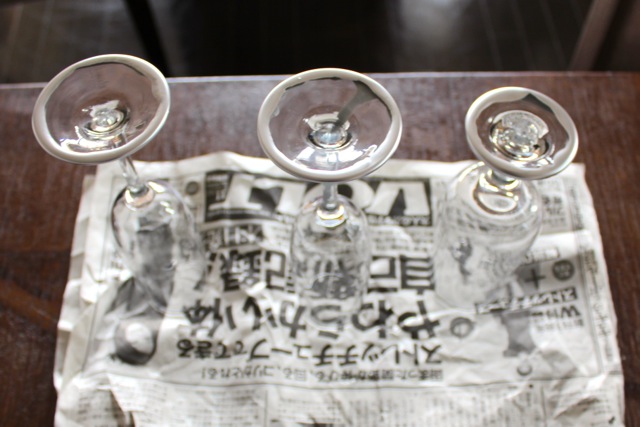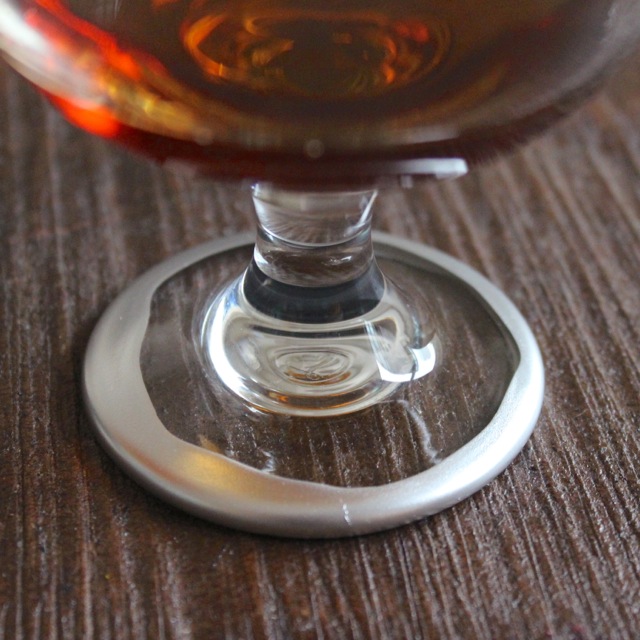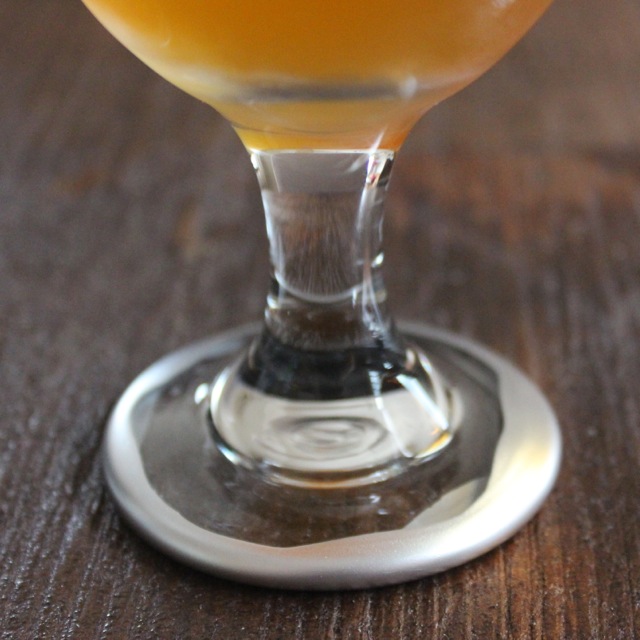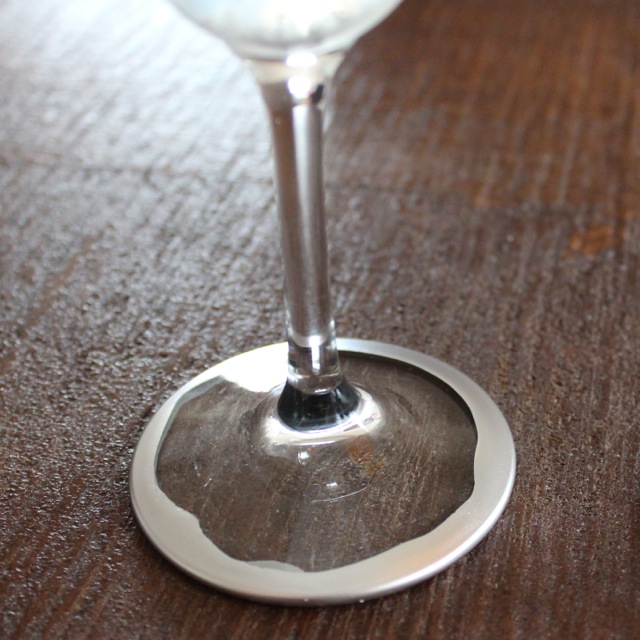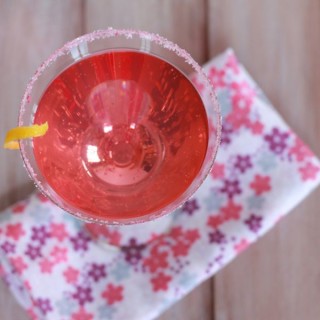I have several dilemmas when it comes to stemware. First, I’m not very graceful. So I break things. Often. Second, I don’t love colored stemware but I also don’t like boring ones either. I like etched pieces, but those tend to be on the more expensive side. Then when I (inevitably) break them, I get really upset with myself.
After my latest break, I had to go to the dollar store to buy some cheap pieces (It was a Reidel wineglass; thankfully one of their lower-end lines. I’m not allowed to have nice things any more.). But they’re so clunky and BORING, which inspired me to try to come up with a way to make them slightly more interesting. And while I was at it, why not also update the cheap Ikea champagne flutes that I’ve had for years and years? I decided to paint the bases with silver glass paint to create a subtle hand-dipped finish.
All you need is glass paint and tinfoil, and you can upgrade your boring stemware in no time! But before you even get started, make sure you wash and dry your glasses. Read the information on your paint to see if you need to do anything to prep the glass first or if there’s anything you need to do after it dries to make it permanent.
First, make a “trough” with tinfoil. Tear off a piece that’s roughly 6 inches long. Fold up about 3/4 of an inch of each of the long ends. Keep folding the ends over on themselves until there is only about 3/4 of an inch of space between the two folded sections. Fold them up to form a “U” shape.
Fold the narrow ends in like you’re wrapping a gift, so you create a liquid-proof seal on each end.
Your foil should look like a trough now! Fill it with 1/8 to 1/4 inch of glass paint, depending on how thick you want your dipped edge to be.
Dip the edge of the bottom of your glass in the paint. Rotate the glass so that the whole edge gets dipped. Try to act quickly so there’s as little excess paint on the glass as possible.
Left the glass out of the paint and rotate it in the air for a few minutes, until the paint is evenly distributed and won’t drip when you set it down to dry. Otherwise you’ll walk away to let them dry, thinking everything is fine, and this will happen, ha:
Let dry upside-down for a few hours and enjoy! Again, don’t forget to follow the instructions for your specific glass paint for finishing.
I went for a more artsy look, letting the paint drip a little bit toward the stem when I pulled the glass out of the paint. But you can make your dipping more uniform to get a more perfect edge if you’re really careful about not getting excess paint on the glass. And keep a close eye on the way the paint flows in the last step of the process.


